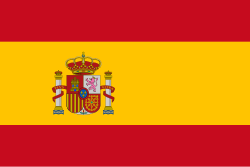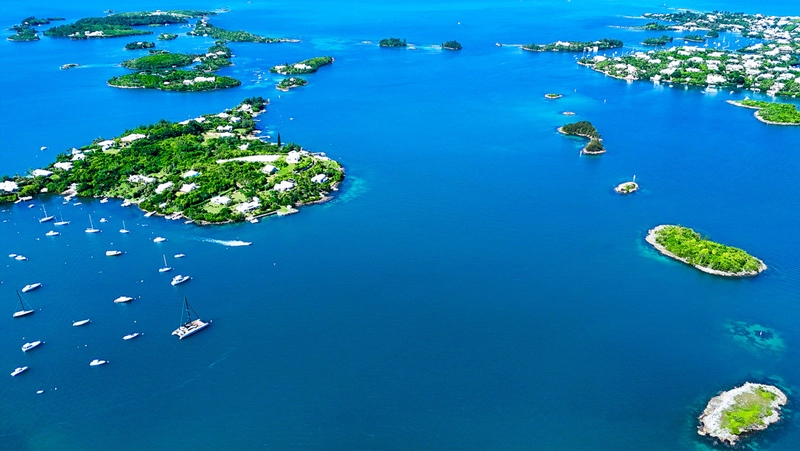Simon Boxall, professor of oceanography at the University of Southampton in England, maintains that the disappearance of ships that gave rise to the mystery of the Bermuda Triangle is not due to alien abductions or the opening of dimensional portals. But rather to a phenomenon of storm fusion that would cause giant, rogue waves in the area, reports Daily Mail.
The region located between Florida (USA), San Juan (Puerto Rico), and the Bermuda Islands has been popularly known for decades for reports of strange, unexplained disappearances of aircraft and vessels within its boundaries.
According to the scientist, the area experiences a unique storm activity that, when combined, could produce waves up to 30 meters high. Rogue waves, also known as “rogue waves,” are walls of water that emerge from the combined effect of these atmospheric disturbances and can reach up to twice the height of a typical ocean wave.
Boxall maintains that the combination of storms coming from the north and south in the Triangle is the cause of this popular mystery. “If there are additional storms from Florida, it could be a potentially deadly formation,” he adds.
USS Cyclops
To prove his theory, Boxall built a scale model of the USS Cyclops, one of the vessels that disappeared in 1918 in the mysterious area.
The scientist tested the model by subjecting it to conditions similar to those postulated in his theory. His goal was to determine how a vessel of that size would react to the wave phenomenon that occurs in the Triangle.
The experiment showed that a ship with the characteristics of the USS Cyclops is prone to splitting in two if hit by one of the waves produced in that area. Furthermore, the scientist determined that the vessel would sink within two or three minutes, making any kind of distress call or maneuver impossible.
With information from RT.com News
- Acinox in Holguin Expands Product Sales - 28 de November de 2025
- The University of Medical Sciences Receive an Excellence Accreditation - 28 de November de 2025
- A Happy and Fulfilled Woman in the Laboratory - 28 de November de 2025

